By Arnold Blumberg
Whether fighting in the mountains of the Italian peninsula, assaulting Nazi defensive positions along the vast Russo-German Eastern Front, or clashing with German Army opponents from Normandy to the Elbe River, from 1942 to 1945, Allied soldiers in World War II faced a determined enemy armed with the most effective machine gun produced during that struggle: the Maschinengewehr 42, or the MG 42 for short. This superb, squad-equipped automatic weapon and the tactics the Germans employed in its use dictated in many ways how infantry combat was carried out in Europe during the largest conflict of the 20th century.
The MG 42, possibly the best machine gun ever created, originated as a replacement for the German Army’s standard machine gun, the MG 34, which first came into service in 1936. Designed by Louis Stange of the Rheinmetall-Borsig AG (referred to simply as Rheinmetall) located at Sommerda, the MG 34, at the start of World War II, was the Third Reich’s preferred general purpose machine gun (GPMG) and was intended to replace the heterogeneous collection of automatic infantry weapons then in service as befitted the new German “one-gun-fits-all” philosophy.
The MG 34, using a 7.92mm round, turned out to be a fine GPMG, meeting all the specifications laid down over the previous decade. Crewed by two or three soldiers, the gun weighed 24.3 pounds; its tripod weighed an additional 52 pounds. Air cooled and recoil operated, it had a cyclic rate of fire of 800 rounds per minute, mandating that the barrel be changed after every 250 rounds. By changing its mounting and fire mechanism, the operator could radically transform its function. With its standard bipod it was a light machine gun, ideal for infantry assaults; mounted on its tripod it served as a sustained fire medium machine gun spewing bullets to a range of 3,829 yards. Between 1939 and 1945, Nazi Germany manufactured over 354,000 of this proven and effective weapon.
For all its qualities as a first-rate GPMC and popularity with its users, the MG 34 did have its problems. In their enthusiasm to make the weapon the finest machine gun possible, the designers had gone over
the top by producing a gun that demanded a high-quality finish, the use of scarce raw materials, and higher precision manufacturing than was really needed. Consequently, the manufacturing process was quite time consuming and expensive, so much so that demand due to combat losses and the expansion of the German armed forces could never keep pace with the demands for new production during the war, even after several new manufacturing centers including the main one run by Mauser AG-Werke were established. A simpler, easier to produce GPMG appeared to be the only solution.
In 1941, after the Army went back to Mauser AG-Werke requesting the development of a new GPMG to supplement or replace the MG 34, Mauser contracted with the engineering firm of Johannus Grossfuss Metall-und-Locierwaren Fabrik of Dobeln, located in Thuringia, Germany,which had submitted its own machine gun design (the MG 39/41) to Mauser. Metall’s design was based on an experimental Polish machine gun Grossfuss had acquired in 1940. This used an innovative roller locking method. The bolt had rollers that, at the time of firing, locked into grooves cut in the receiver walls. Like the MG 34, the muzzle attachment contained an expansion chamber that forced propellant gases to push back the locked barrel and bolt until cams allowed the rollers to move out of their locking grooves. By then the chamber pressures would have fallen to a safe level so the bolt could separate from the barrel and start its rearward travel for the extraction and reloading cycles with the barrel returning to its former position.
The advantage of this locking system was that it contained few moving parts and demanded a minimum of machining during manufacture. It also gave the gun a prodigious rate of fire. Of course, this caused so-called barrel climb, a standard byproduct of fast automatic fire. This problem was dealt with by the attachment of a special muzzle brake used from 1943 to war’s end. Using this design as a starting point, Metall assigned the task requested by Mauser to one of its engineers, Doctor Ernst Grunow.
Grunow was not a gunsmith, but he was an expert in the field of stamping, pressing, forming, and shaping metal. As part of his design research Grunow spent six weeks attending a German Army machine gun course to familiarize himself with the intricacies of handling such weapons in combat, as well as learning what the soldiers who were to use these tools of war thought was important. He then designed a machine gun that was compatible with Mauser’s operating system and whose parts could be cheaply shaped by stamping and pressing and then assembled by welding and riveting. Grunow’s design was 48 inches long, weighed 25 pounds, and used thin steel fittings, which were nevertheless strong but still made the gun’s weight easy to carry.
Grunow’s novel approach to gun construction immediately produced cost and production benefits. It brought the expense of his new weapon down from $107.30 (for an MG 34) to $88.55 per unit and cut the manufacturing time for each gun down by 35 percent. Grunow’s new machine gun made firing safety more secure by employing a nonrotating bolt, which was locked into the barrel extension by two rollers. Further, the movement of the bolt back and forth in the receiver controlled the movement of the belt feed arm, which in turn operated the feed and locking paws to better control the movement of the cartridge belt.
An unexpected bonus of the rework was the increased firing rate of the gun from 800 to 1,200 rounds per minute. This was twice as fast as the American Browning and British Vickers automatic weapons. The unheard of volume of fire gave the new MG 42 its characteristic and distinctive firing report: a “tearing-calico” sound. However, this high rate of fire meant rapid heating of the gun barrel, which was made of lighter weight steel than the barrel of the MG 34 and had polygonal rifling. With the barrel prone to overheating and warping, it became essential that the barrel be changed after the expenditure of 250 rounds.
This problem was easily addressed by creating a long slot on the gun’s perforated jacket’s right side. The slot, absent the hindrance of a series of perforations, meant that it was only necessary to release the breech end from the receiver, swing it out sideways through the long slot, and withdraw it to the rear. The new barrel was then inserted in the reverse mode, slammed in, and locked. The entire process took an experienced crew from three to seven seconds. The barrel and entire lock assembly could be changed in 25 seconds.
The MG 42 was air cooled, and its short gas recoil facilitated the weapon’s rapid firing. There was strong recoil associated with the shooting of the MG 42, and the use of a bipod (the same 21/2-pound one employed by the MG 34) was needed. The bipod could be mounted at the front or the center of the gun, depending on the terrain from which it was fired.
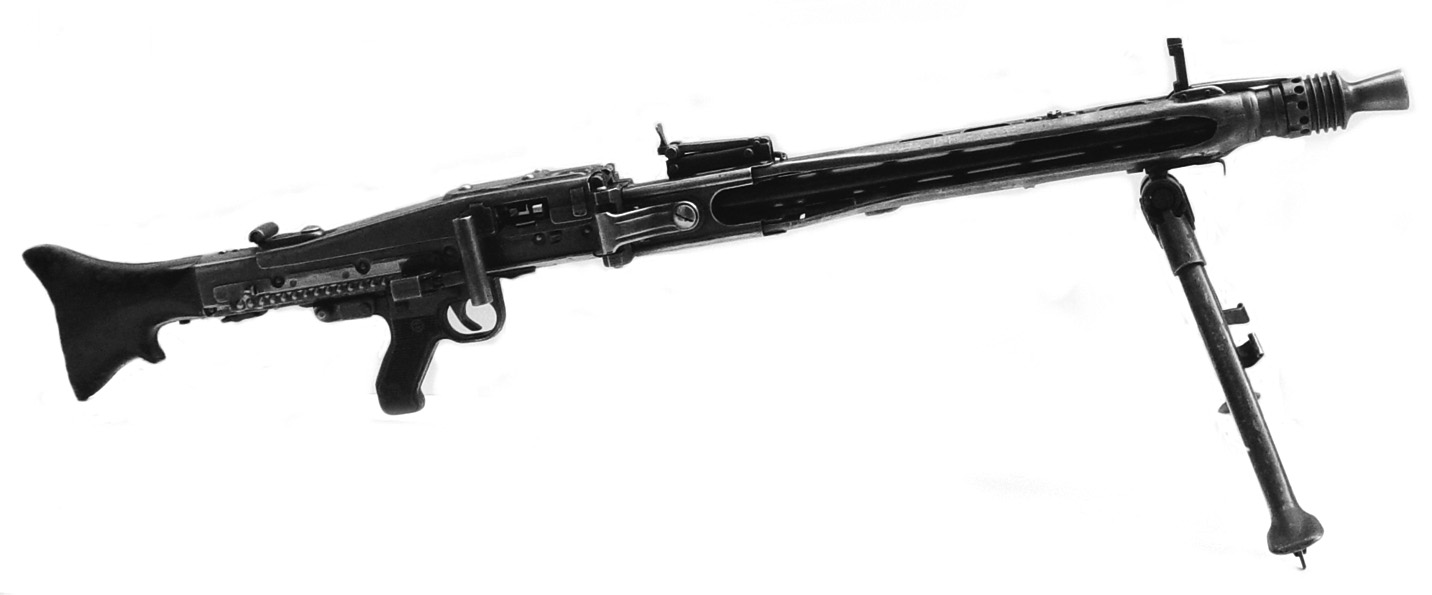
The MG 42 could also be used with a heavyduty tripod, the Lafette 42, to create a powerful sustained firing platform. The Lafette weighed 45 pounds and incorporated a telescopic sight to allow closer shot groupings over longer distances ranging from 200 to 2,200 yards. The tripod also gave the MG 42 some small measure of antiaircraft capability. The shoulder stock was made of wood with a deep curved butt and another significant curve at the front to allow the gunner, using his left hand, to pull the weapon into his shoulder for better fire control. Some of the MG 42 accessories included an enlarged trigger guard for a gunner wearing thick gloves and a device with a periscope sight to allow firing from behind parapets when the gun was mounted on a tripod.
The MG 42 fired a 7.92mm round. With a muzzle velocity of 2,480 feet per second the MG 42’s effective range was nearly 1,100 yards. The gun used a 50-round flexible metal belt feed, or, alternatively, a 75-round snail drum magazine. A full 50-round belt of ammo would be depleted in a 21/2-second burst; the 75 round drum in 31/2 seconds. To permit longer fire bursts, MG 42 crews normally linked together several 50 round belts. Ammunition boxes (weighing 22 pounds each) held five separate belts totaling 250 rounds per box. A good crew could shoot 250 rounds in 12½ seconds of continuous fire, or 20-30 seconds by firing quick bursts.
The authorized crew for each MG 42 was six men, who had these duties:
Crewman No. 1 was a junior NCO who acted as the gunner. His primary personal weapon was a pistol.
Crewman No. 2 was a loader who assisted the gunner by feeding the gun ammunition. He carried a pistol.
Crewman No. 3 carried spare machine gun barrels and ammunition and acted as the gun team’s spotter.
Crewman No. 4 transported the tripod and was armed with an MP 40 submachine gun.
Crewman No. 5 carried entrenching tools, additional ammunition, and a bolt-action Karabiner 98k rifle.
Crewman No. 6 brought along gun-cleaning materials, more ammunition, and was armed with a Karabiner 98k rifle.
As the war progressed and critical manpower shortages affected the German armed forces, machine gun detachments merged into ordinary infantry squads. These squads were made up of nine men each—three to four to a platoon. Each three-man section of the squad (gunner, loader, and spotter) operated one machine gun. Due to its light weight and ease of firing, it was not uncommon for a single German soldier to manage an MG 42 in combat.
As good as the MG 42 was, there were still complaints about its performance. First, unlike the MG 34, it could not fire single shots. Another complaint that arose due to the high rate of fire was that during prolonged firing the gun tended to veer away from the target due to the vibration and even push its operator backward. Once the gun was set on its tripod these problems vanished, and the MG 42 became the perfect sustained fire support weapon.
What’s more, the tremendous rate of fire coming from the MG 42 was considered by some to be a waste of ammunition. To counter that argument, others said that since a soldier, in the Germans’ experience, only fired at an enemy he could see and time (only seconds) was fleeting, the more bullets directed at the enemy the greater chance for a kill.
During the war a number of companies produced the MG 42, although never in the numbers needed to keep up with the ever increasing demand. These included Gustloff-Werke in Suhl, Mauser AG-Werke in Borsigwald, Steyr in Vienna, Grossfuss in Dobeln, and Maget in Among them, 129 MG 42s were made each day from 1942 through 1945. More than 400,000 units were produced (17,915 in 1942,116,725 in 1943, 211,806 in 1944, and 61,877 in 1945).
Of course, even the best weapon has to be used appropriately for its battlefield capabilities to be fully realized. Fortunately for the Germans, and unfortunately for their opponents during World War II, the German Army formulated an effective machine gun doctrine and tactics.
Unlike their American, British, Commonwealth, and Soviet adversaries, the Germans in World War II employed machine guns as their major infantry support weapons. The Allies used automatic weapons to support rifle-armed infantry. The German Army reversed the process, using infantry to support machine guns in combat. As a result, the standard German Army infantry company of 150 men in 1944 contained 15 MG 42s needing only 30 to 50 men to crew the lot. By contrast, only two light machine guns were assigned to each American foot company.
Generally, German machine gun doctrine, both for defense and attack, stressed five basic points: surprise, fire and movement, coordination of firepower, conservation of ammunition, and alternate positions. In defense, the MG 42 was usually employed with its tripod to act as a heavy machine gun. When German troops were surprised by an enemy attack, the weapon was often removed from the tripod and used as a light machine gun to counterattack the enemy assault.
Acting as a heavy automatic weapon, the MG 42 was usually sited in concealed ground and manned by two gunners under the direction of a section leader. Reverse slopes were the preferred covered positions. The guns were only placed in their final fire position at the last moment before combat began. In attack and defense, MG 42s were set up in areas where they could lay down enfilade and crossfire against any advancing enemy.
During offensive operations, MG 42s acting as heavy machine guns covered the deployment of friendly infantry from echeloned positions sited on commanding terrain. In preparing for the attack of friendly forces, the MG 42, firing from behind the friendly troops, aimed to smother enemy centers of resistance and deliver fire against opposing counterattacks. As advancing German soldiers moved forward, the supporting machine guns, acting as heavy weapons, followed from position to position in their wake.

In either attack or defense, the German rifleman’s prime responsibility was to support the squad-operated machine gun. When the MG 42 crew moved, the riflemen covered them with fire. When the MG 42 set up, the riflemen dug foxholes for the machine gun crew while watching for the approach of enemy forces. When the MG 42 opened fire, several riflemen were detailed to carry ammunition to the gun. Since the MG 42 was light enough to be operated and carried by one man, the bearer could keep pace with advancing comrades. Its ability to be set up and in action in a matter of seconds made the MG 42 invaluable in the attack.
On the defensive, MG 42s were shifted back and forth between different positions to confuse the enemy. The Germans called this tactic Stelungswechsel (change of position) and was a vital part of their overall machine gun doctrine. Three firing pits for the gun were usually dug at various places along the front line: one to cover the expected avenue of an enemy advance; another on the left or right flank to support a neighboring squad; and yet another—called the Schweige MG (ambush position)—about 50 yards behind the main German line. These tactics made the Germans, as one American officer during the early stages of the Normandy Campaign stated, “masters at making one man appear to be a whole squad by moving rapidly from one concealed position to another.”
When firing the MG 42, controlled bursts of seven to 10 rounds were recommended, with 15 well-aimed bursts let off in a minute. This not only conserved ammunition, thus allowing for more sustained firing, but made for more accurate shooting and prevented jamming.
German paratroopers relied heavily on the MG 42 in the latter stages of World War II. After the invasion of Crete in the spring of 1941, Hitler decided not to employ the German paratroopers in future air drops because of the high casualties they sustained. Afterward, they became an elite force defending the ever-shrinking perimeter of the Third Reich.
In Italy, for example, they were tasked with defending wide fronts of rough terrain and became masters at effectively employing the MG 42. Nowhere was this more evident than in the long struggle for the town of Cassino and the surrounding hills. Monte Cassino would become the 1st Parachute Division’s fortress from February to May 1944. Using their MG 42s defensively, the paratroopers warded off numerous Allied ground assaults through the ruins of Cassino and the heights surrounding that stricken town. Often, a mandatory retreat was immediately followed by a spirited German parachutist counterattack covered by the rapid and deadly fire of the MG 42.
The U.S. Army was impressed by the MG 42’s performance and the psychological effect it had on American fighting men. U.S. Army training films and lectures tried to downplay the potency of the MG 42 and the bite it had in combat. They emphasized that the gun, although able to fire rapidly, was not able to cover much ground and if U.S. soldiers stayed well apart the machine guns would not be able to do much damage.
The films and talks went on to suggest that the best tactic for handling the beast was to charge it during the eight to 10 seconds or so it took for the crew to change the barrel. As can be imagined, U.S. soldiers who had prior experience under the fire of MG 42s did not follow this advice, preferring to hit the dirt on hearing the MG 42’s unmistakable report and hug the ground while awaiting friendly artillery or tank support to deal with the MG 42. U.S. infantrymen with combat experience did not carry out many frontal assaults on MG 42 positions as such attempts were deemed suicidal.
In 1943, the U.S. Army attemped to copy the MG 42. The design, called the T24 machine gun, was hampered by the introduction of provisions for it to fire the U.S. .30-06 cartridge. The gun’s performance was disappointing, and the project was abandoned.
Whether called the “linoleum ripper” by Soviet soldiers, the “Spandau” by the British, “Hitler’s zipper” by the Americans, or Hitlersage (“Hitler’s saw”) or “Bonesaw” by its German users, the MG 42 machine gun proved its combat worth on every European battlefield. Its ominous and terrifying “ripping cloth report” announced to all the presence of the best machine gun available.
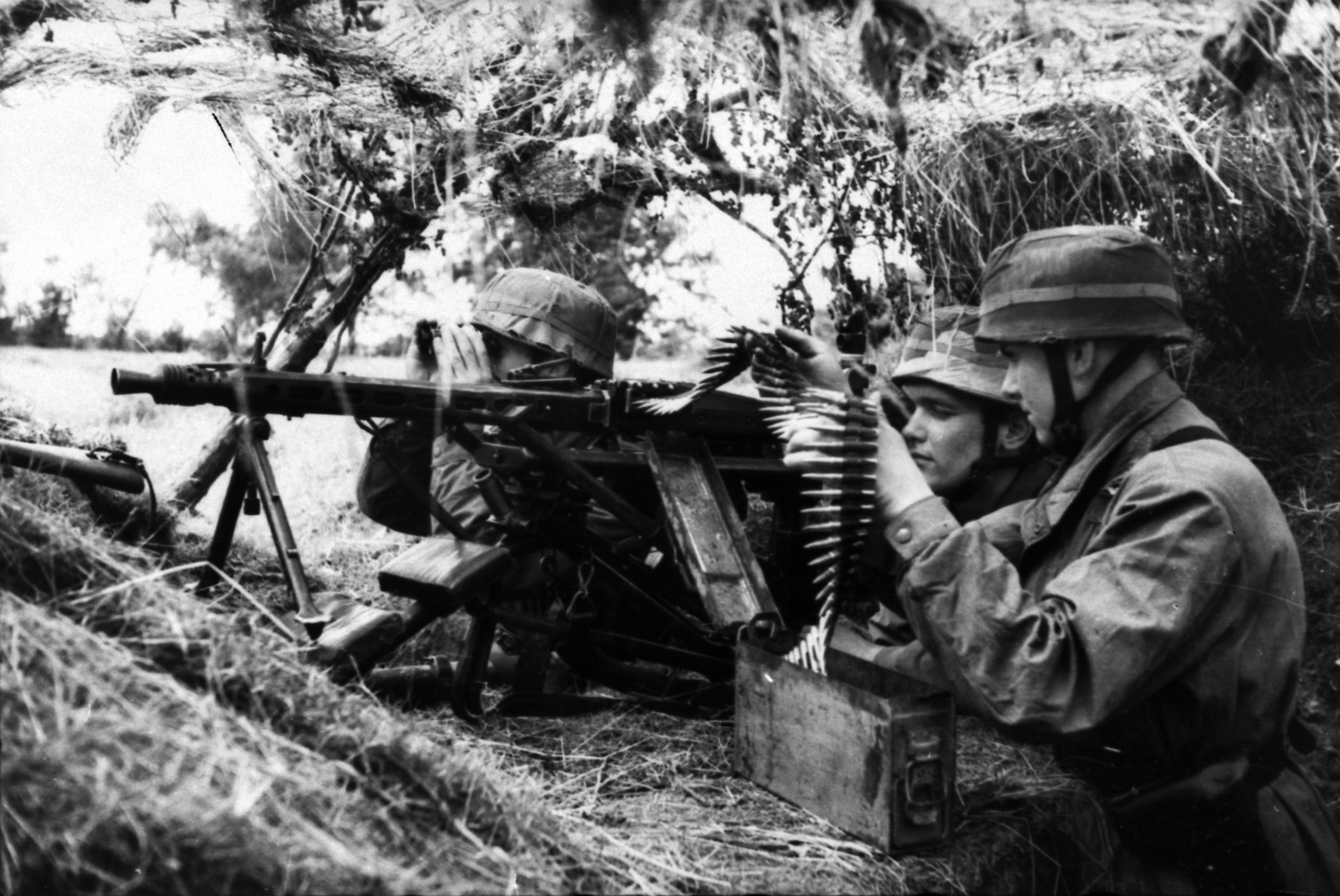
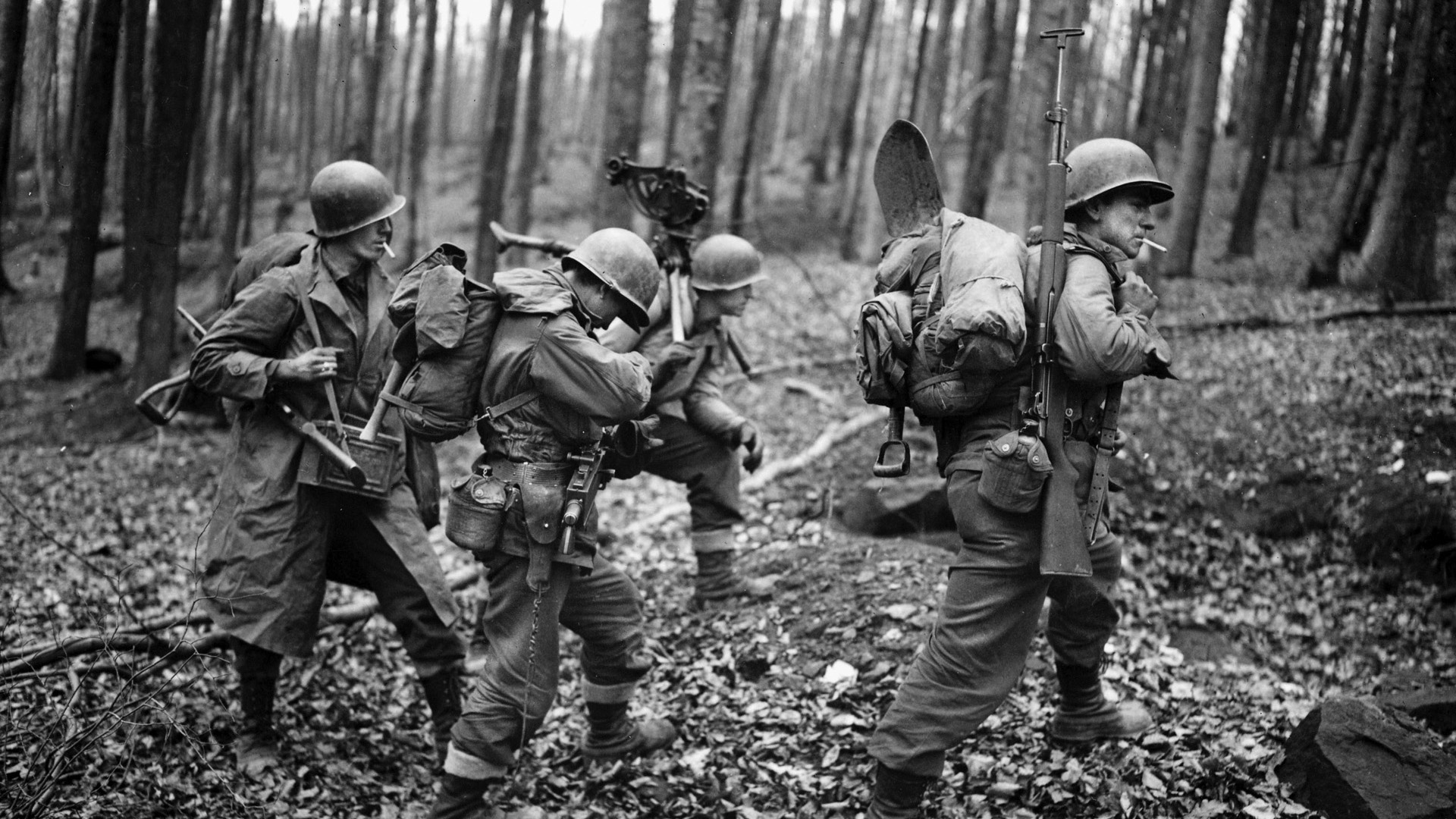
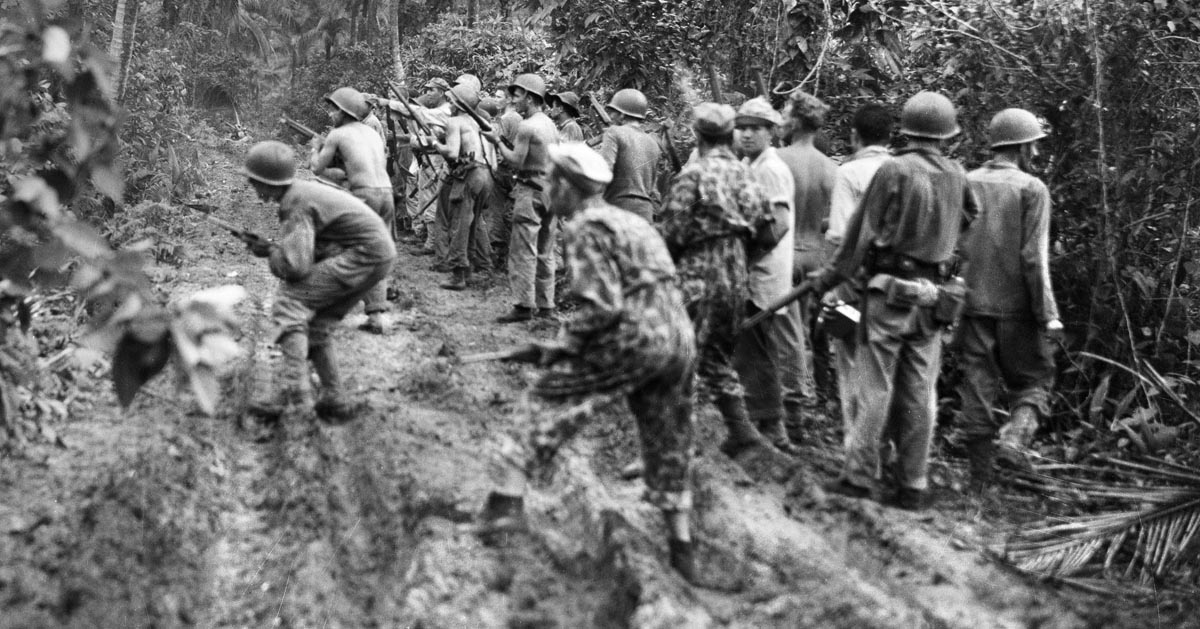
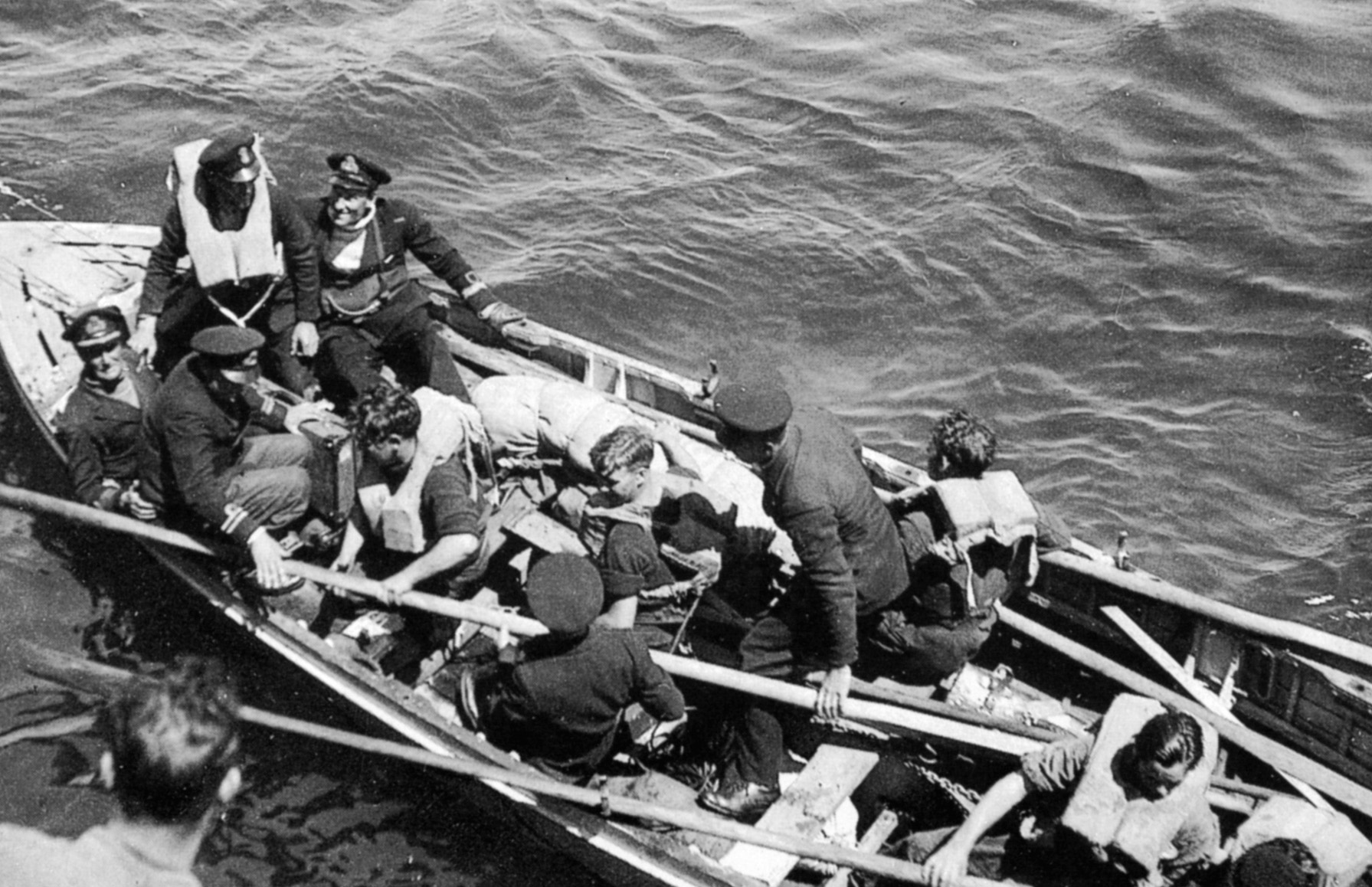
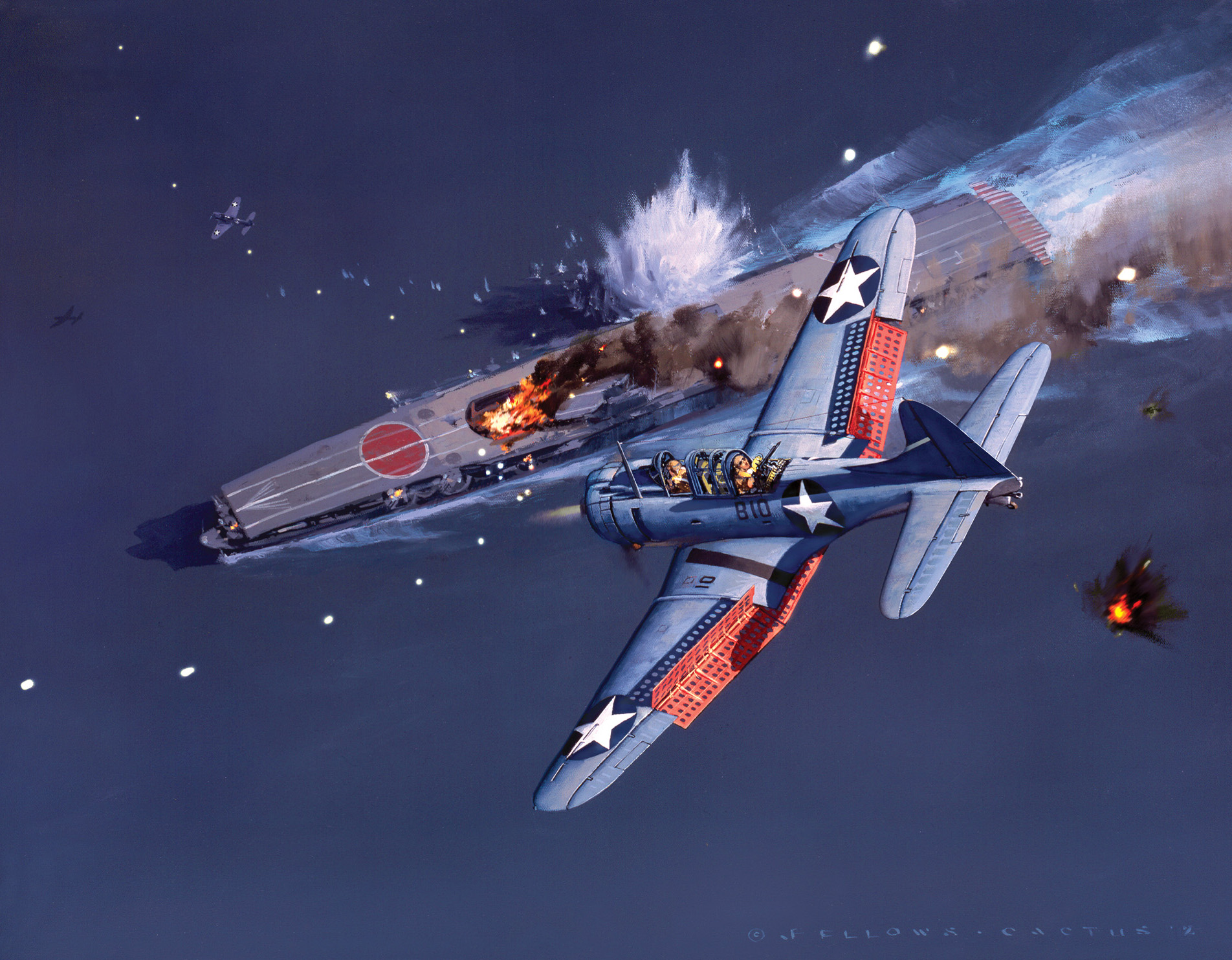
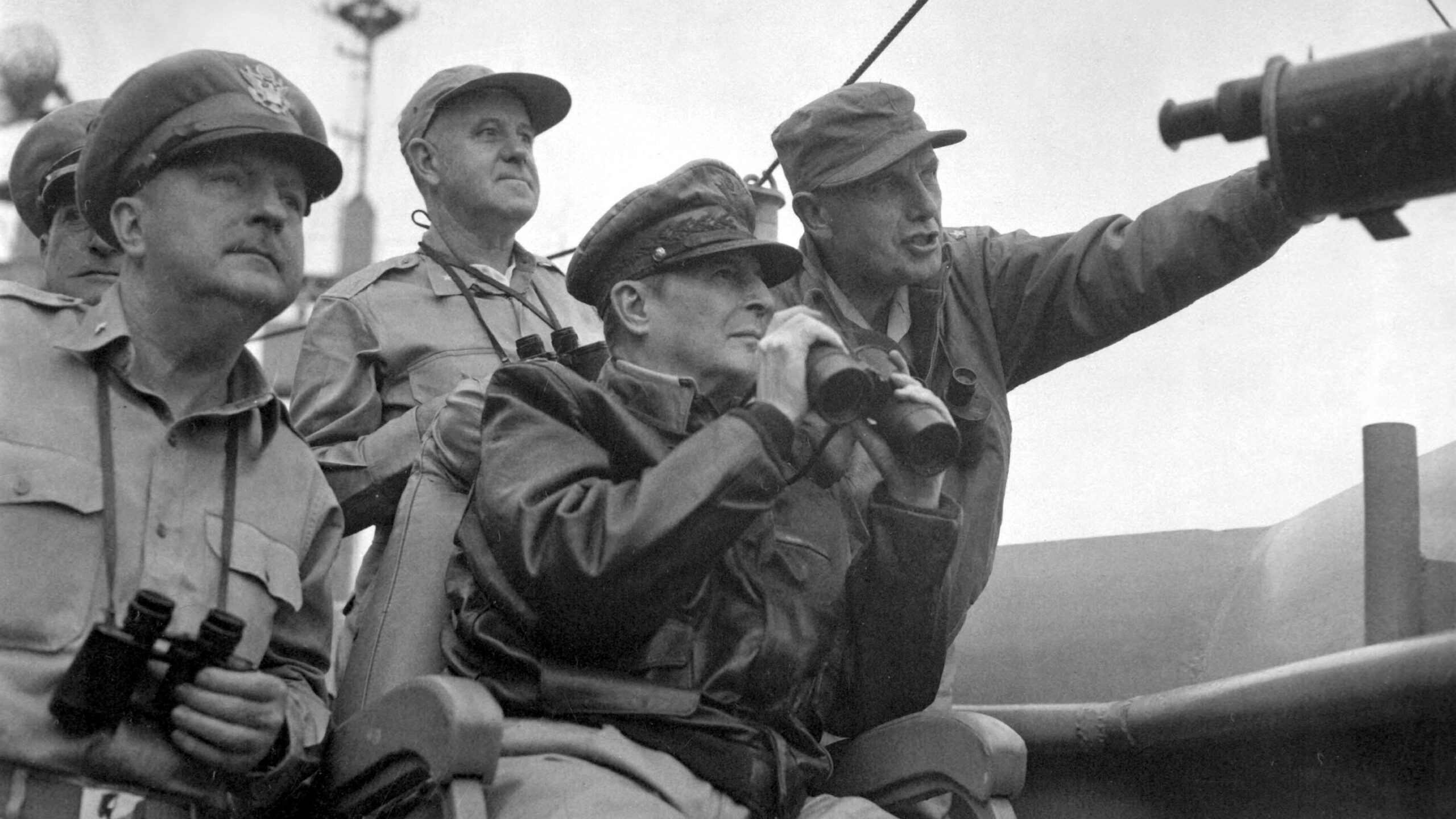
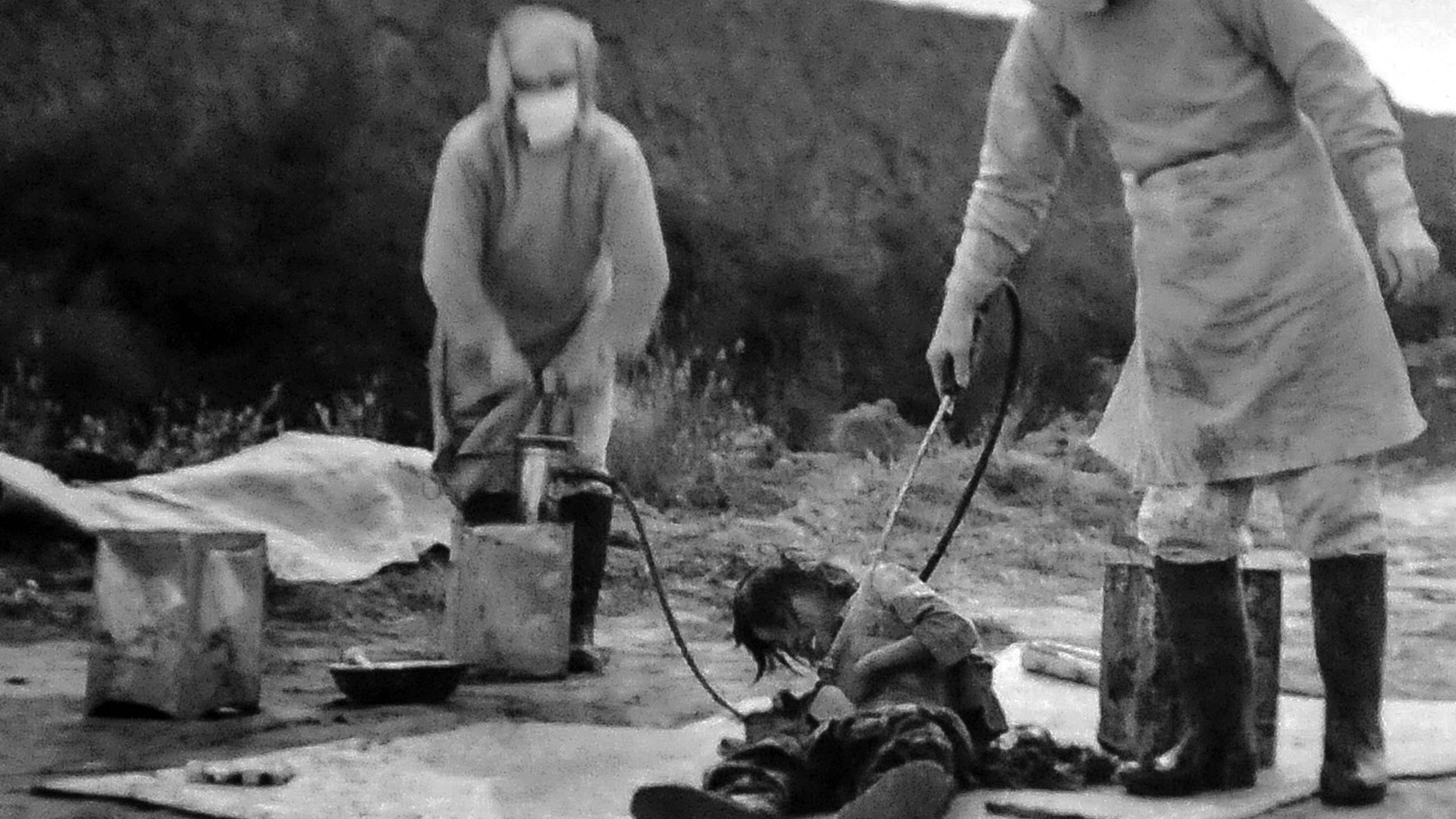
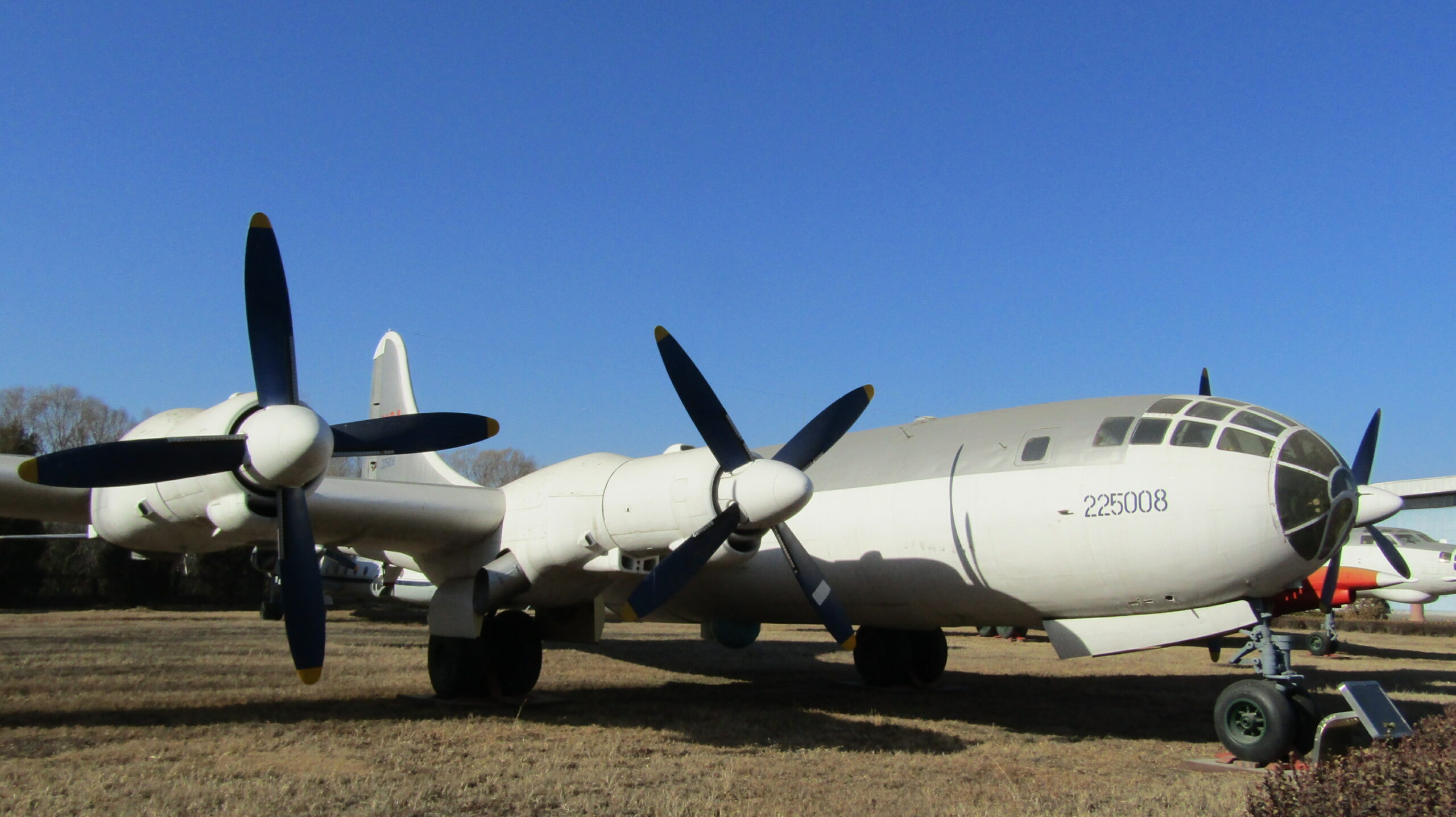
Join The Conversation
Comments
View All Comments